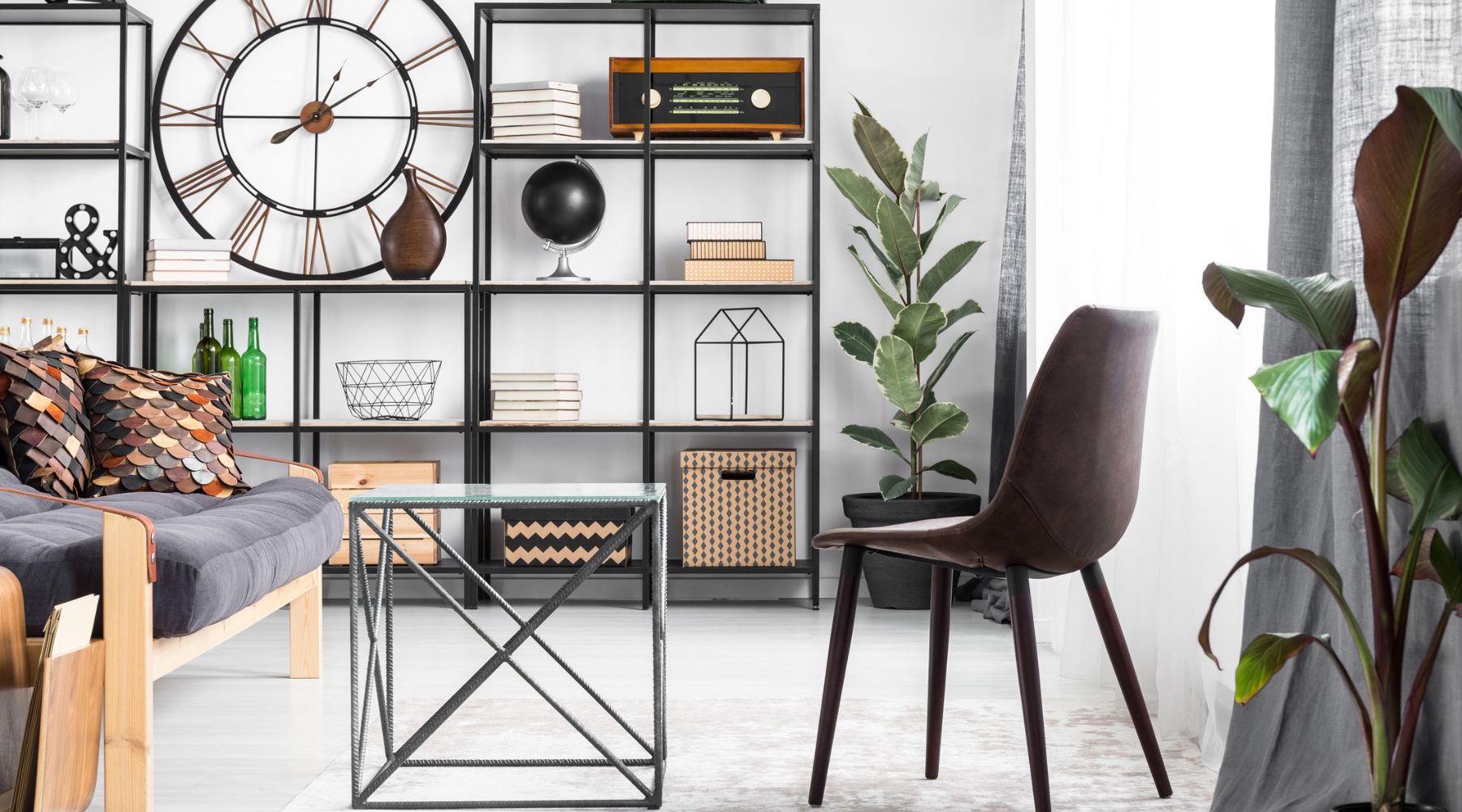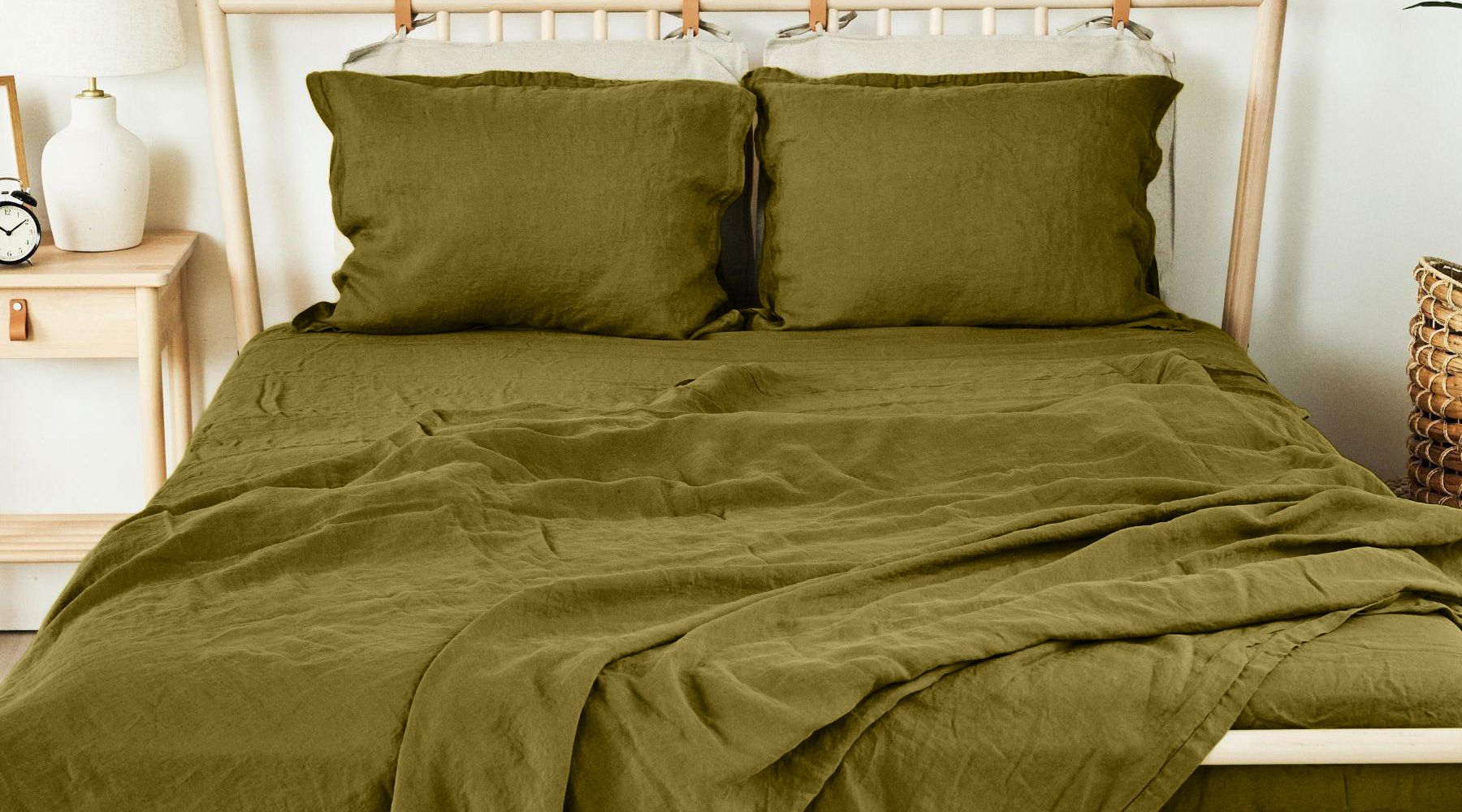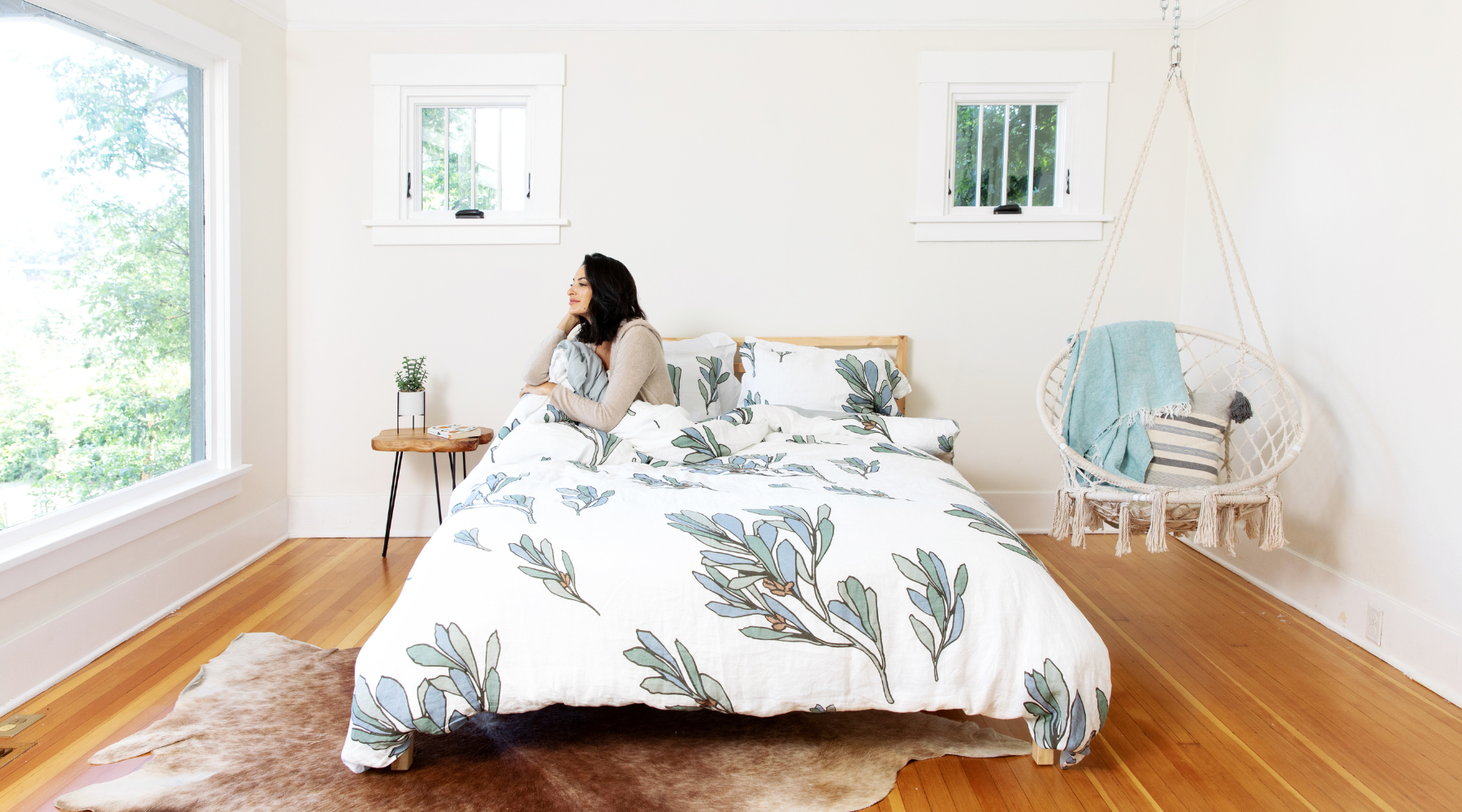
Scandi Interiors, Reimagined: Deep Woods & Glowing Metals
Discover how deep wood tones and subtle metal accents can elevate Scandinavian interiors by adding warmth, texture, and timeless elegance.
Scandinavian Design: More Than White and Blond
Search for "Scandinavian design" images online and you'll likely see similar themes: white walls, blond woods, and matte, natural materials only. This style, largely based on mid-2010s Swedish design, is certainly a part of the aesthetic but it doesn't tell the whole story—and these days, in fact, is somewhat out of date. For example, Swedish design blog Hus & Hem declared white walls “over” as far back as 2018!
On The Modern Dane blog, we've covered many of the emerging design trends in Scandinavia, from Danish maximalism to earth tones. If you’re a regular reader, you’ll know that while Scandinavian design does value simplicity, minimalism, and user-friendliness, it also has a whimsical streak rooted in the legends and landscapes of the region.
Metals in Scandinavian Design
Metals don't often come to mind for many when thinking of Scandinavian design, yet they have a long history—particularly in Denmark. The most iconic Danish designs include lights and chairs constructed from a variety of metals, which have brought shine and sparkle to homes across Denmark (and beyond) for more than seven decades.
The mid-century “golden age” of Scandinavian design saw the creation of innovative chairs and lamps, many of which used steel, aluminum, and other metals. Arne Jacobsen’s Egg Chair and Swan Chair (both 1958) were mostly fashioned from leather but pivoted on a functional aluminum base. Other part-metal designs included the Ant Chair (also by Jacobsen, in 1952) and Poul M. Volther’s Corona Chair. In most cases, the main body of the chair was fashioned from a more comfortable material such as leather or wood, with metals providing a solid and stylish base.

Drop, Egg and Swan chairs designed by Arne Jacobsen in the 1950s.
“København - Designmuseum Danmark" by corno.fulgur75, licensed under CC BY 2.0
At the same time, other Danish designers were working with metals’ reflective qualities to create lights, the likes of which had never been seen before. Poul Henningsen’s PH5 pendant—one of the best-loved Danish designs of all time—used layers of metal to bounce and reflect light, creating a classic hygge glow. Verner Panton, too, combined metal and glass to create the VP Flowerpot and VP Globe.
How to Use Metals in Scandinavian Interiors
Subtle metal accents will lift any design—and that applies to Scandinavian-style spaces too. When styling your own home, study photographs of Scandinavian interiors from the past and take note of how metals are used, and where.
Generally, it’s best to stick with one color of metal throughout. Silver-toned metals such as chrome, aluminum, and steel are more common and easier to find—plus, silver best complements a “classic” all-white Scandinavian interior.
However, gold-toned metals such as brass also look beautiful, particularly if you are using the richer pastels or earth tones from the Scandinavian palette. Just outside of Scandinavia—yet closely aligned in style and ethos—Finnish design provides many examples of how gold tones can work in a space. Designs such as the Beehive and A-series lamps by Alvar Aalto are incorporated into pastel-toned spaces, creating a look that is at once timeless and contemporary. The five-star Hotel St George, in Helsinki, is the perfect example of this. Brass accents on lighting, ornaments, and furniture complement the warmth of the green, grey, and red color scheme; the result is sumptuous yet uncluttered.

Ultimately, incorporating metals into your space is all about planning. Create an inspiration board before you start and decide on your color scheme, including one metal shade. Then, decide how you will include that shade in your space. Since subtlety is key, it’s best to follow the Danish (and Finnish) example and use only small accents on lighting and furniture.
Dark Woods in Scandinavian Design
The light woods used in Scandinavian design reflect the environment, rather than aesthetics: pine, beech, and ash grow naturally in Denmark, Sweden, and Norway. Though there are exceptions, such as Kaare Klint’s early 20th-century designs (which used elm burr, mahogany, and teak), deep wood tones have not typically been a part of Scandinavian design—until recently.
The “Japandi” trend first emerged around 2016 as a combination of Scandinavian and Japanese design styles. Despite being geographically separated by thousands of miles, the design ethos of these two regions has evolved almost in parallel. Both the Japanese and Scandinavians value simplicity, functionalism, and minimalism, and both use natural materials and neutral colors.
Yet, they diverge in small but significant ways. Where Scandinavian design typically favors a cooler palette of whites and greys, Japanese design leans towards warmer, earthier tones. And where Scandinavians use light woods, the Japanese use dark woods, like cherry and cedar. They also partially char wood to preserve it, a process known as yakisugi.

How to Use Dark Woods in Scandinavian Design
Whether you wish to go full “Japandi” or not, Japandi provides a template for how to use dark woods in your Scandinavian-style space. Woods can be mixed as long as they are all warm-toned; avoid using cool-toned woods or those with a grey stain. To anchor the dark woods, however, it may be helpful to borrow other elements from Japanese design: perhaps a more earth-toned color palette, or hand-thrown earthenware pottery.
If you want to go “full Scandi”, though, you could go all the way back to Kaare Klint’s era and use 1930s Danish interiors as your inspiration. It’s up to you—Scandinavian design is much more flexible (and changeable) than you might think!
Deep Woods and Glowing Metals: Combining the Two
Though they might not seem like the most natural pairing, both dark woods and metals can be combined. With its inherent warmth, brass is the most natural complement to a warm, Japandi-inspired interior with deep woods—particularly aged, naturally-tarnished brass, which will add an element of wabi-sabi. In fact, you could seek out dark-wood furniture pieces with brass accents.
Scandinavian design is far broader than the white-and-grey interiors of social media; however, the Scandinavian core values of sustainability, practicality, and simplicity remain consistent. The Modern Dane’s Scandinavian-style bedding is designed to complement any Scandinavian-style space whether warm or cool-toned, traditional or contemporary. Our bedding is made from European linen, an environmentally friendly fabric with a beautiful, tactile texture. And it comes in a huge variety of solid-color and printed designs—view the full European bedding collection in our shop and add the finishing touch to your Scandinavian home.
Have any of these facts about Scandinavian design surprised you? Would you consider incorporating dark woods and metals into your home? Let us know on Instagram, Pinterest, Facebook, or Twitter!






Laisser un commentaire
Ce site est protégé par hCaptcha, et la Politique de confidentialité et les Conditions de service de hCaptcha s’appliquent.